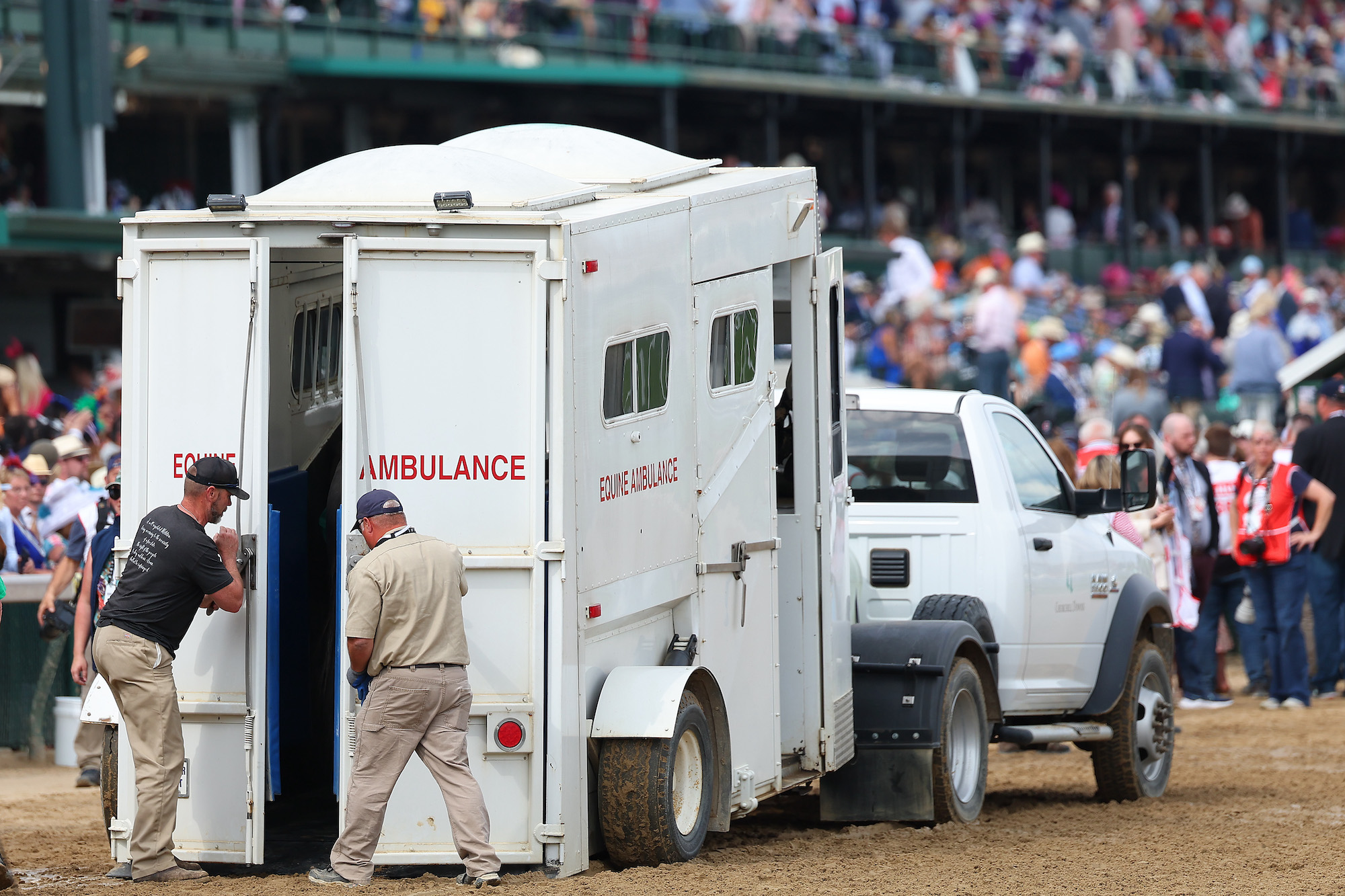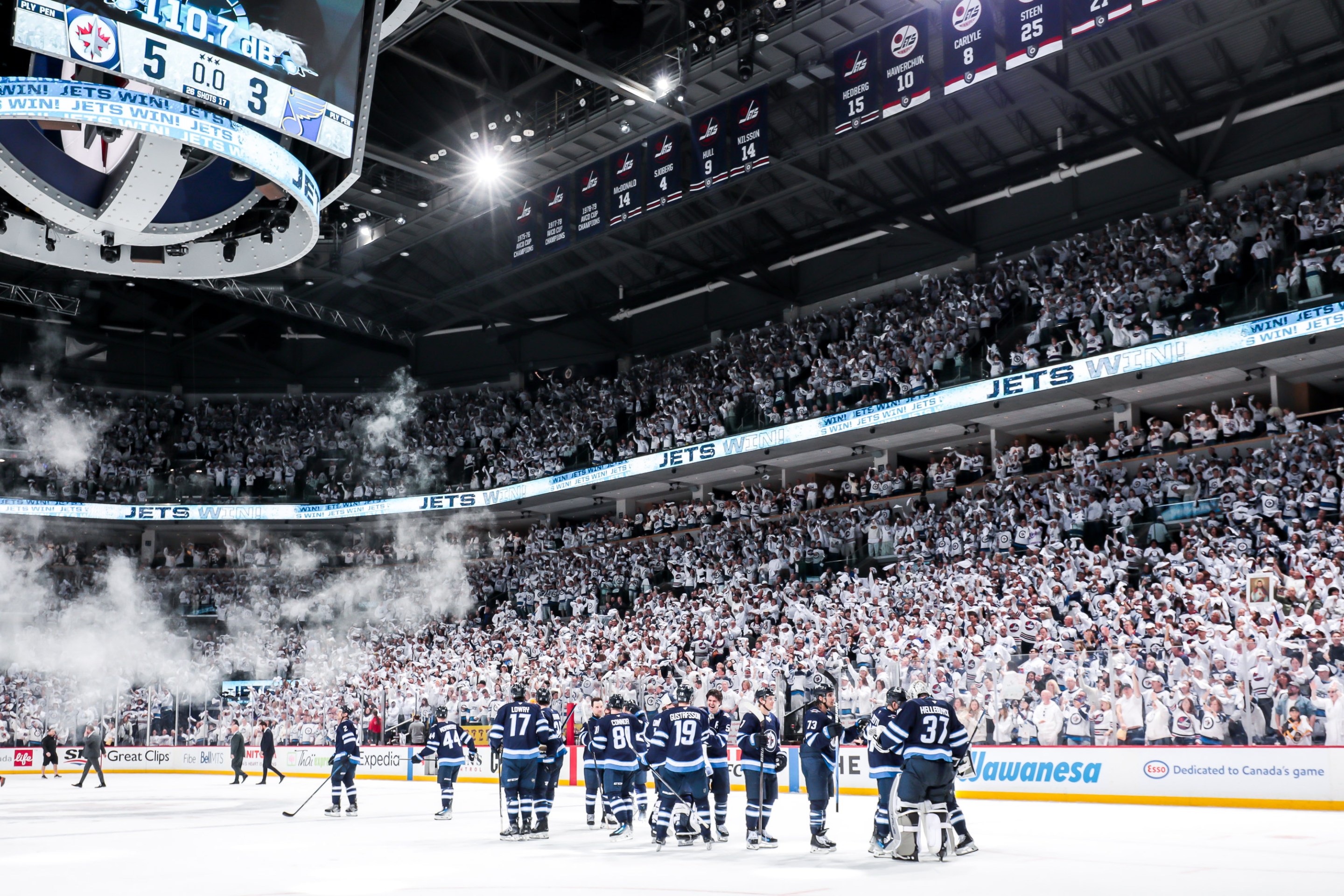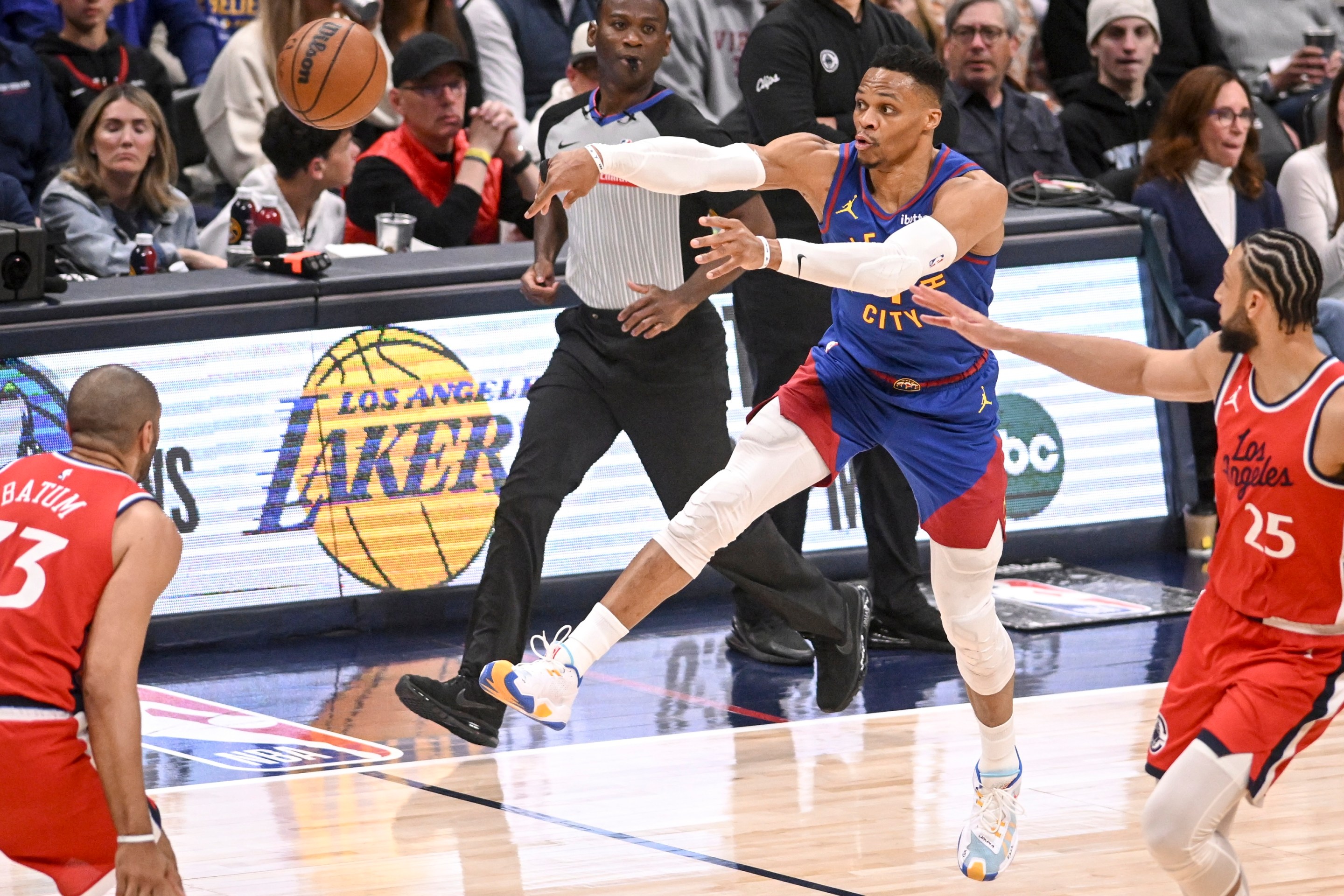Code of Kings, a 3-year-old gelding with six career starts, was in the paddock and getting ready to run at Churchill Downs last Saturday night, when, according to his trainer, he became "fixated" on the lights from a nearby DJ booth, there to celebrate the official kickoff of Kentucky Derby week. “We all have horses we worry about in the paddock," said his trainer, Tim Glyshaw. "This was a really chill horse."
Code of Kings, seemingly upset by the lights, "flipped" in his stall. As they attempted to unsaddle him, he flipped again, and then a third time. Blood was leaking from his mouth. He was scratched from his race and taken to a nearby equine clinic, where he was diagnosed with a broken neck and euthanized.
Code of Kings was just one of seven horses to die at Churchill Downs in the 10 days culminating in yesterday's Kentucky Derby:
- Wild On Ice, expected to start in the Derby, was breezing through a good workout on Thursday, April 27, when he pulled up lame down the stretch. "He had a fracture in his hind leg and it was determined he couldn't be saved," said his owner. He was put down.
- Two horses died under unclear and ominous circumstances, with Parents Pride on Saturday and Chasing Artie on Tuesday collapsing after their races. The two horses share an owner, trainer, and jockey, and the trainer, Saffie Joseph Jr., was suspended indefinitely, and his Kentucky Derby runner, Lord Miles, was scratched. “Given the unexplained sudden deaths, we have reasonable concerns about the condition of his horses," said Churchill Downs president Bill Mudd.
- Take Charge Briana, a 3-year-old filly, fell during a turf race on Tuesday, suffering "a catastrophic injury," and was put down on the track.
- Derby Day brought two more deaths. In Race 2 on Saturday, Chloe's Dream pulled up coming out of the first turn and had to be vanned off the track. In Race 8, the same thing happened to Freezing Point. Both horses were euthanized.
All seven horses, per policy, will be necropsied—the two trained by Joseph will receive extra investigation because of the circumstances surrounding their deaths. But there's no common thread beyond the sport itself in the rash of deaths at Churchill Downs: one got spooked; some broke down on the track; some just collapsed. There are any number of contributing factors, from the large crowds that can unsettle horses, to the doping-up of runners, both within the rules and without, to the centuries of breeding for speed that have led to an animal built like a barrel on toothpicks.
"One bad step. One bad step. One bad step. Done,” lamented Mike Repole, owner of Derby favorite Forte, who two days later would be scratched himself after suffering a bruised foot during a training stumble.
Officials are saying all the usual things they say when horses die en masse—this is a dark time for racing and no one wants to see this and we'll get to the bottom of this, etc. etc.—none of them particularly reassuring, but that's because they're not meant to reassure. They're meant to mollify, for the couple of days it'll take them to forget about it, the mass of casual fans who tune in one or thrice a year, and who spend the other 11 months not paying attention to how many horses are run to their deaths. Because the people in this sport, and the ones who follow it closely, know that death is permanently a part of racing. If seven deaths in 10 days is an unusual number, zero deaths would have been unusual too. Maybe that's the real problem.






